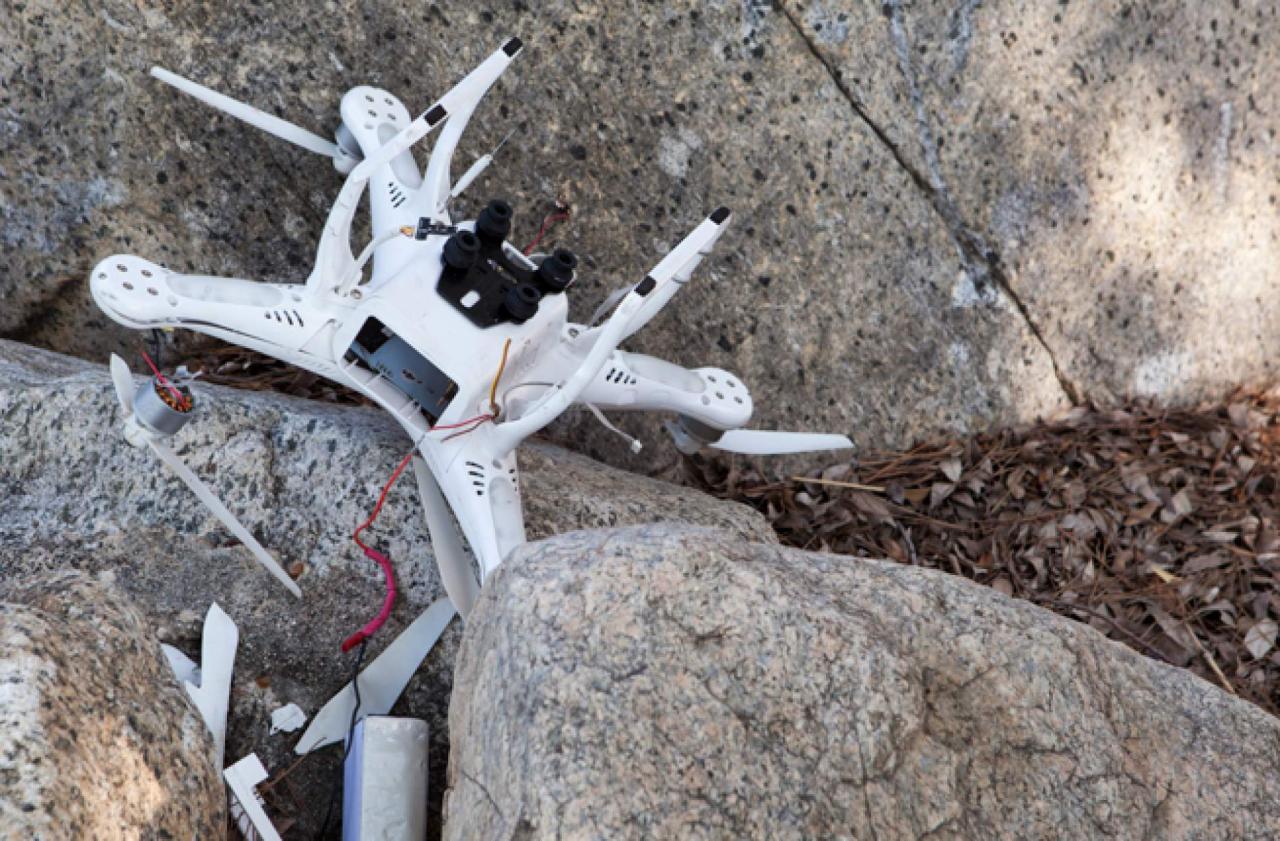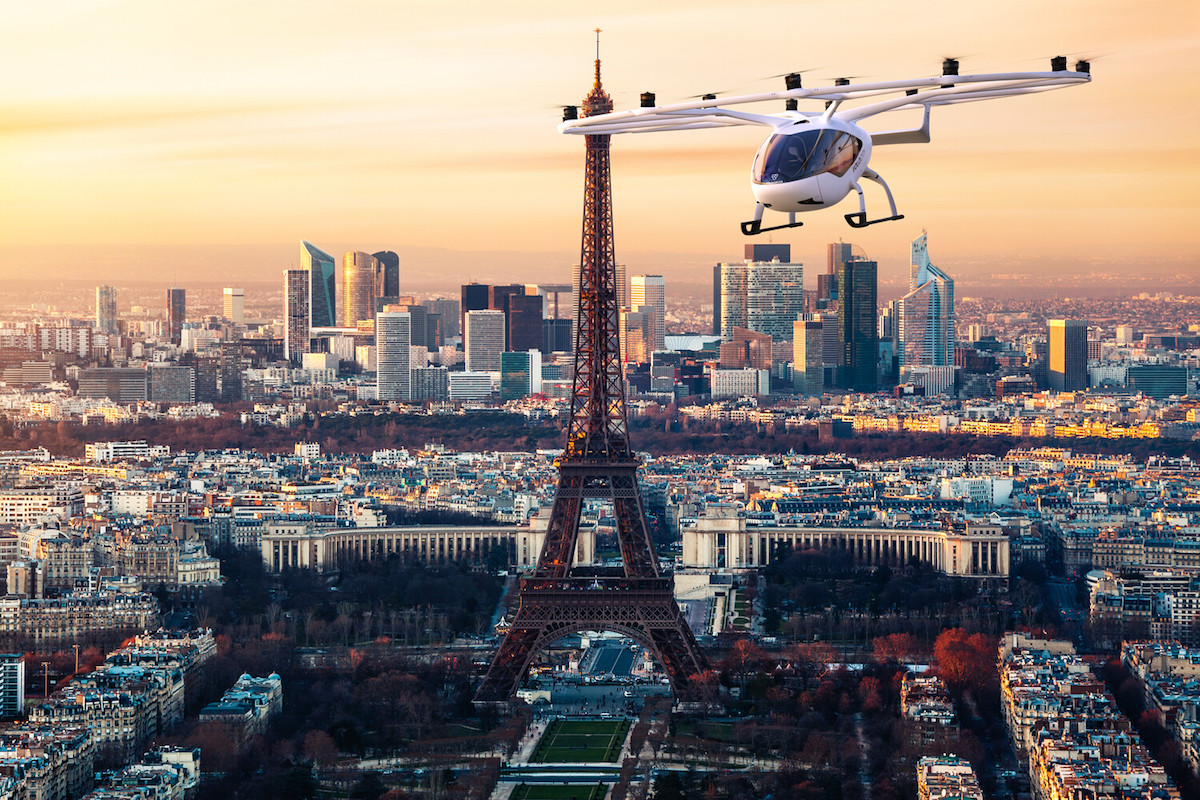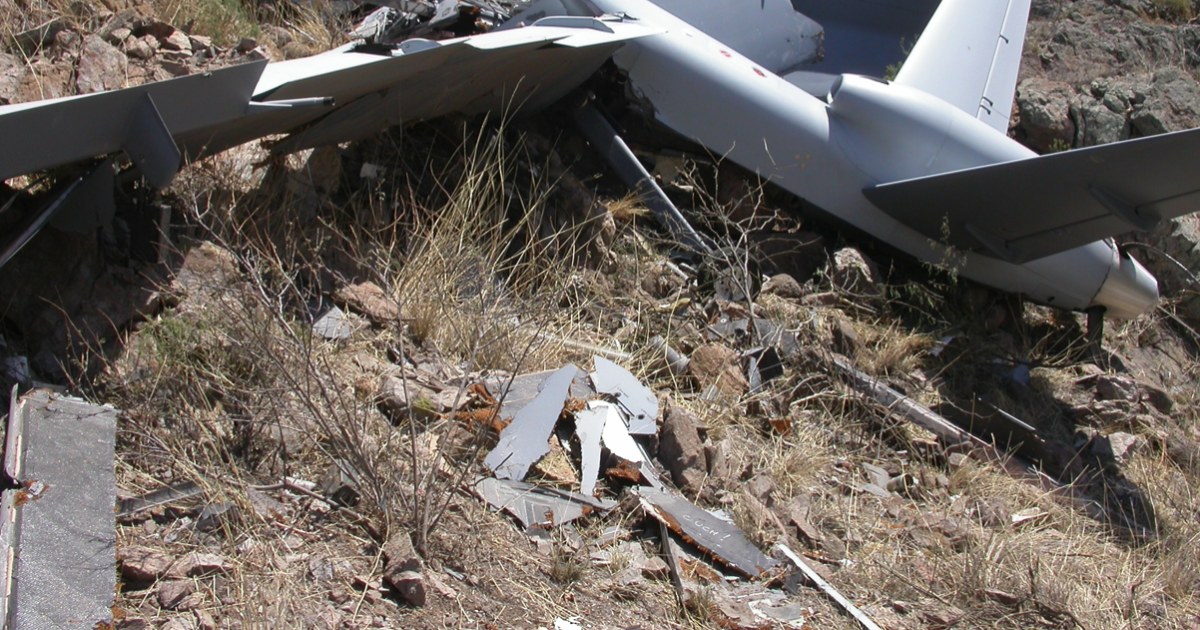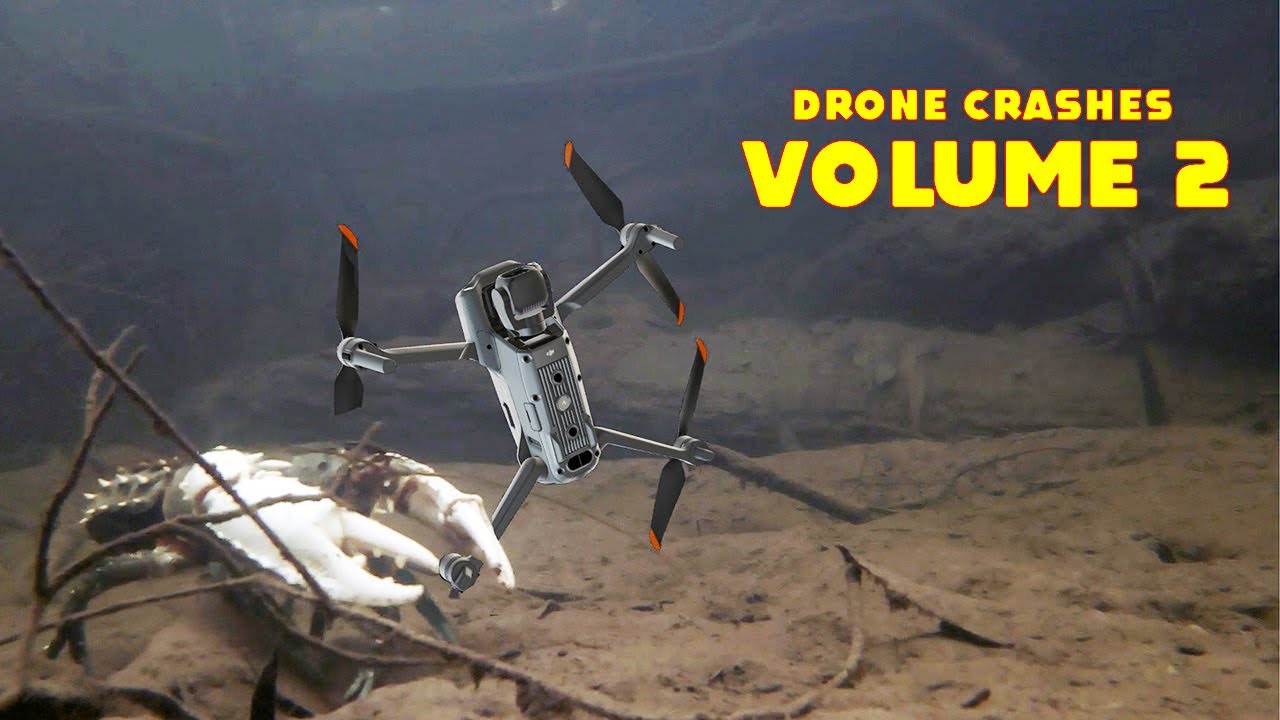Drone crash in Paris: This gripping account delves into the specifics of a recent drone incident in the City of Lights, examining the circumstances, potential causes, and aftermath. We’ll explore everything from the type of drone involved and the location of the crash to the regulatory implications and preventative measures that could have been taken. Get ready for a detailed look at this fascinating and concerning event.
We’ll cover the incident’s timeline, from the initial moments leading up to the crash to the emergency response and subsequent investigation. We will also analyze possible causes, ranging from mechanical failures to pilot error and environmental factors. The impact on the public, the media’s reaction, and the legal repercussions will all be examined in detail.
Heard about that drone crash in Paris? Crazy stuff, right? It makes you think about the potential for things to go wrong, especially with larger-scale drone operations. Check out this article about a drone show crash for a similar, albeit more spectacular, example of what can happen when things don’t go as planned. The Paris incident highlights the importance of safety protocols, especially as drone use becomes more widespread.
Drone Crash in Paris: A Detailed Analysis

A drone crash in Paris recently sparked concerns about urban airspace safety and the regulations governing drone operation. This incident highlights the need for stricter guidelines and technological advancements to prevent future accidents. This report delves into the details of the crash, exploring potential causes, impact, regulatory aspects, and preventive measures.
Incident Details, Drone crash in paris

The drone crash occurred on [Insert Date], approximately at [Insert Time], in the [Insert District] area of Paris, near the [Insert Landmark]. A [Manufacturer] [Model] drone was involved. Initial reports suggested the drone fell from a significant height, possibly due to mechanical failure or pilot error. Emergency services responded promptly to the scene. A detailed timeline of events is presented below.
| Date | Time | Location | Drone Type | Initial Reported Damage |
|---|---|---|---|---|
| [Insert Date] | [Insert Time] | [Insert District], near [Insert Landmark] | [Manufacturer] [Model] | [Insert Initial Damage Report – e.g., Minor property damage, no injuries] |
Potential Causes of the Crash

Several factors could have contributed to the drone crash. These include mechanical issues, human error, and environmental conditions. A thorough investigation is crucial to determine the precise cause.
Possible mechanical failures might include malfunctioning rotors, battery failure, or problems with the drone’s flight control system. Human error could involve pilot inexperience, improper pre-flight checks, or negligence in following safety protocols. Adverse weather conditions, such as strong winds or unexpected gusts, could also have played a role.
Different theories regarding the cause are being investigated. For instance, a mechanical failure could have cascaded into a loss of control, leading to the crash. Alternatively, pilot error might have exacerbated a minor mechanical issue, resulting in a more serious incident. The interplay of these factors needs careful consideration.
That drone crash in Paris got everyone talking about safety regulations, right? It makes you wonder about the logistics of widespread drone use, especially when considering companies like Amazon expanding their drone delivery network. Check out this map of amazon drone delivery locations to see the scale of their operation. Ultimately, incidents like the Paris crash highlight the need for robust safety protocols across the board, regardless of the drone’s purpose.
A flowchart illustrating potential causal chains:
Start -> Mechanical Failure (e.g., rotor malfunction) -> Loss of Control -> Crash
Start -> Pilot Error (e.g., improper handling) -> Loss of Control -> Crash
Start -> Environmental Factors (e.g., strong winds) -> Loss of Control -> Crash
Start -> Combination of Factors -> Loss of Control -> Crash
Impact and Response
Fortunately, the drone crash resulted in no reported injuries or fatalities. However, there was some minor property damage reported. The immediate response involved swift action by emergency services, who secured the area and investigated the scene. The incident generated significant media coverage and public discussion concerning drone safety.
- Emergency services secured the crash site.
- An investigation was launched to determine the cause of the crash.
- Minor property damage was reported and assessed.
- Media outlets reported on the incident, sparking public discussion.
- Authorities reviewed existing drone regulations in light of the event.
Regulatory and Legal Aspects
Drone regulations in Paris and France are relatively stringent, covering aspects such as registration, pilot certification, and operational restrictions. It is crucial to determine whether any violations occurred. The investigation will likely determine if legal consequences will follow for those responsible for operating the drone.
Heard about that drone crash in Paris? Crazy stuff, right? It makes you think about the potential risks involved, especially when you consider larger-scale events. For example, check out this article on a drone show crash that highlights the importance of safety protocols. Ultimately, these incidents underscore the need for better regulations and improved safety measures for all drone operations, especially in busy urban areas like Paris.
| City | Registration Requirement | Pilot Certification | Flight Restrictions |
|---|---|---|---|
| Paris | [Insert Paris Regulation] | [Insert Paris Regulation] | [Insert Paris Regulation] |
| London | [Insert London Regulation] | [Insert London Regulation] | [Insert London Regulation] |
| Berlin | [Insert Berlin Regulation] | [Insert Berlin Regulation] | [Insert Berlin Regulation] |
Preventive Measures
Preventing future drone crashes requires a multi-faceted approach. This includes stricter regulations, technological improvements, enhanced pilot training, and effective airspace management.
Improved drone technology, such as enhanced obstacle avoidance systems and fail-safe mechanisms, could significantly enhance safety. Mandatory pilot training and certification programs are essential to ensure that drone operators possess the necessary skills and knowledge. Effective airspace management systems, including designated drone flight zones and real-time monitoring, are crucial for preventing collisions and accidents.
A proposed improved drone safety system could incorporate a sophisticated GPS-based tracking and geofencing system, integrated with real-time weather data and air traffic control information. This system would allow for the monitoring of drone flight paths, preventing unauthorized entry into restricted airspace and providing alerts in case of potential hazards, such as strong winds or approaching aircraft. The system would also include a fail-safe mechanism that automatically lands the drone in case of a malfunction or loss of signal.
Closing Notes

The drone crash in Paris serves as a stark reminder of the potential dangers associated with unmanned aerial vehicles. While technology continues to advance, a multifaceted approach encompassing improved drone technology, stringent regulations, and comprehensive pilot training is crucial for preventing similar incidents in the future. By understanding the complexities of this specific case, we can work towards a safer airspace for everyone.
Quick FAQs: Drone Crash In Paris
What type of damage was caused by the crash?
The extent of the damage varied depending on the location and impact. Information regarding property damage and injuries should be detailed within the main body of the report.
Were there any arrests made following the crash?
This information will depend on the investigation’s findings and will be detailed in the section on legal and regulatory aspects. The report will clarify whether any violations occurred and the subsequent legal actions.
What is the current status of the investigation?
The status of the investigation will be provided within the report’s section on legal and regulatory aspects. The report will cover details about any ongoing inquiries or completed investigations.
What is the likelihood of this happening again?
The likelihood of similar incidents depends on several factors including improved drone technology, stricter regulations, and enhanced pilot training. The report will discuss preventative measures to mitigate future risks.
